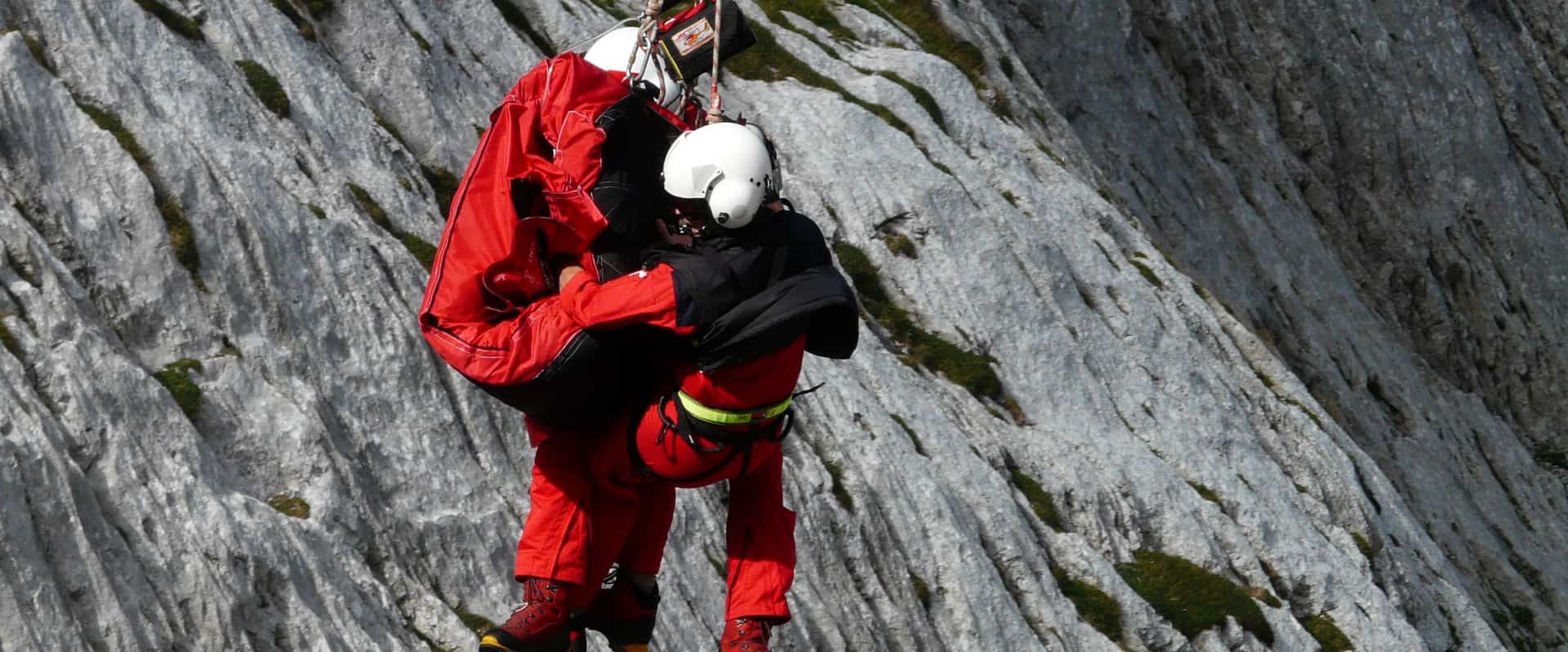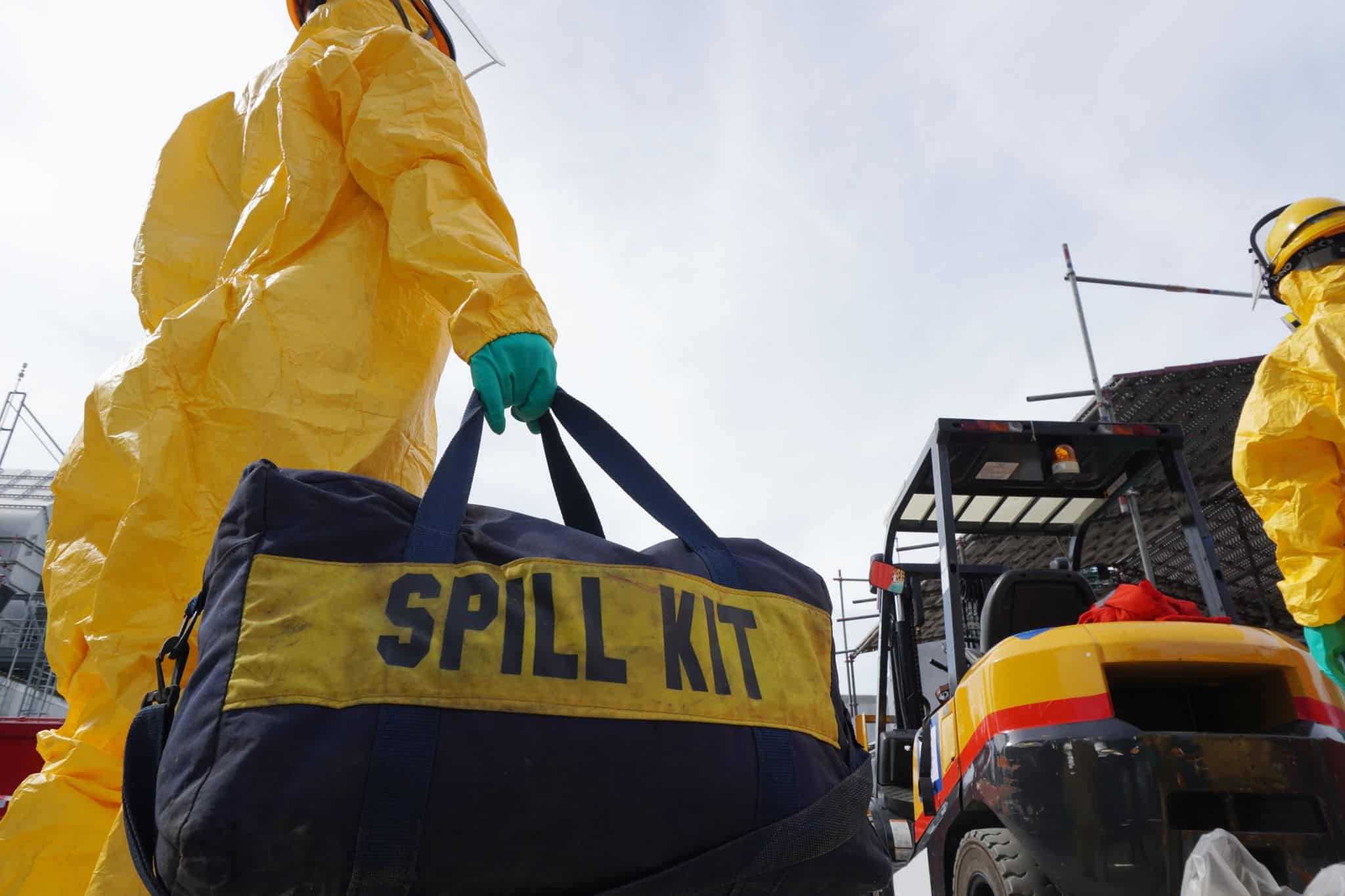
The unthinkable happens… and disaster strikes. As the responders arrive you question why they are not immediately caring for the severely injured. And you wonder why in the world are they doing what they are doing? “The purpose of mass casualty triage is to create a way to ration patient treatment when resources exceed capabilities,” says Deb Richey, Vantage Point’s Healthcare Branch Director.
Anytime disaster strikes, the emergency response professionals are generally the first to arrive. And the immediate response is to
- Assess the scene,
- Establish that the scene is safe to work in,
- Ascertain the degree of the disaster and then begin to deal with victims through triage.
“They may use triage processes to prioritize patient treatment, transport, and destination,” says Richey. Sometimes that may appear as though responders are turning their backs on the people that need the most urgent treatment. However, mass casualty triage is a systematic method for organizing casualties on the scene.
The SALT triage method teaches emergency response professionals how to handle the scene. The SALT method is learned through ADLS and BDLS courses required to become an emergency responder. SALT stands for:
- S = Sorting casualties prioritizing them into tiers for individual assessment—Are the victims able to walk? If they are unable to walk, can they talk, wave and respond? Or are they non-responsive?
- A = Assess—A quick assessment of injuries helps to ensure that the sorting is accurate and victims can be handled in the most expedient manner.
- L = Life-saving treatment—Immediate rapid live-saving interventions include steps like opening an airway, using a tourniquet, etc. This should be a treatment that can be provided quickly, greatly improving the likelihood of survival, doesn’t require a care provider to stay with the victim and are within the responder’s training abilities.
- T = Treatment/transport—As soon as victims can be stabilized with on-site treatment, they are then transported to the nearest facility for further care.
While it may seem that victims who are mobile, can walk and talk are often moved out of the way to a perimeter area, they do that to allow a better chance of getting to those with medical needs. “You’re still going to treat the gravely injured first. But healthy ‘green tags’ can sustain themselves and may not be evacuated first. They could just be asked to wait on the side of an area or even on a school bus for a trip to a hospital a few counties away. That way they’re not affecting the care of critical “red tag” and “yellow tag” patients,” says Carey Slauter, an emergency preparedness consultant for Vantage Point.
Depending on the disaster, the longer the sick and injured wait, the less likely it is that they will survive. “Triage will occur multiple times during a disaster in the field and at the hospitals or treatment centers as resources are depleted or made available,” adds Richey. The goal of triage is to do the greatest good for the most people, it’s important to move those who are mobile out of the way, so assessment and life-saving treatment can occur.
Today’s emergency response method stems from World War II and the Korean conflict. “When you have 20 injured soldiers on a battlefield, responders had to decide who was transported by air and who went by ground. That’s where triage research began,” says Slauter. What they learned from military casualties has shaped the current practice of emergency response during a disaster. At a disaster scene, adherence to established practice and professional conduct is paramount. And while challenging ethical dilemmas may also be encountered due to limited resource availability or outcome potential, the primary goal is to do the greatest good for the most people even when that might seem difficult and counterintuitive.

















